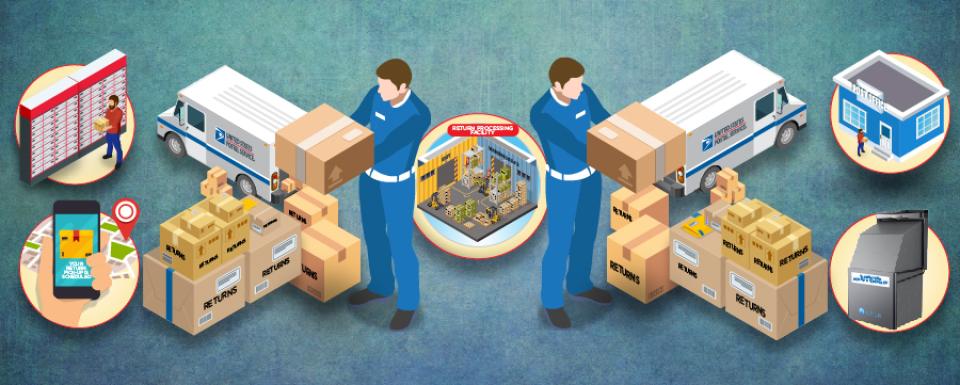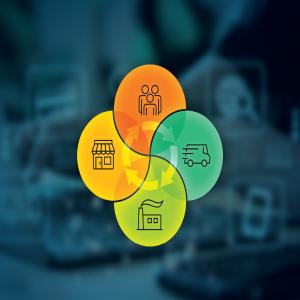Riding the Returns Wave: Reverse Logistics and the U.S. Postal Service
April 30, 2018 (RARC-WP-18-008)
- Reverse logistics is not just forward logistics backwards; it is more complex and more expensive. Yet it is becoming more prominent, since return rates for ecommerce purchases are three times higher than for traditional physical retail.
- The Postal Service handled 148 million return packages in FY 2016, but its share of the returns market is smaller than its share of the outbound parcel market, indicating a potential opportunity for growth.
- The Postal Service can use its unique advantages, including a vast delivery network that goes to almost every address in the U.S. and a retail network of more than 30,000 post offices, to expand and improve existing returns services and offer new services that will ease the burdensome returns process for customers.
In 2016, the OIG issued a white paper, The Evolving Logistics Landscape and the U.S. Postal Service, that noted the continuing surge of ecommerce was fueling a rise in the number of packages returned. We now follow up on that work by identifying emerging trends in reverse logistics as well as potential opportunities for the Postal Service.
Notably, the U.S. saw between $113 and $132 billion of online purchases returned in 2017. Facing increased pressure on their reverse supply chains, as well as lost revenue from negated sales, retailers are struggling to address returns in an era when consumers have come to expect fast, free, and easy returns.
To address the threats and opportunities presented by ecommerce, the Postal Service could provide services close to its core competencies to serve ecommerce businesses reliant on return shipping as a part of their business model. The Postal Service is well situated to serve the product returns market and already offers many return shipping services demanded by ecommerce retailers and consumers.


